Logitech's latest innovation promises to transform how we interact with Apple's Vision Pro headset. The company has developed a digital stylus called the Muse that brings precision drawing and 3D manipulation capabilities to spatial computing, according to The Verge. Think paintbrush, pencil, sculpting tool, all living inside mixed reality. The timing could not be better, as the device launches October 22nd at $129.95, The Verge reports.
What makes the Muse different from traditional styluses?
The Muse is the first dedicated input device designed specifically for Apple's Vision Pro, as noted by Heise. Its hook is the dual-mode design. Unlike iPad-bound styluses, this pen adds real-time haptic feedback and a pressure-sensitive tip that works on physical surfaces and in mid-air, The Verge explains.
That tactile kick is the breakthrough. You draw in three-dimensional space and feel it. A force-sensing button adjusts line thickness while you create, so control shifts from abstract air swipes to something that feels grounded and deliberate.
Under the hood, the device supports six degrees of freedom with integrated buttons and gesture recognition, according to Heise. Translation, it tracks position, orientation, rotation, and motion, which unlocks precise architectural notes or loose, expressive strokes that respond to how you hold and move the pen.
How does this compare to Logitech's existing VR stylus?
The Muse builds on Logitech's MX Ink, which launched for Meta Quest headsets last year, The Verge notes. Rather than starting from scratch, Logitech adapted a proven formula for Apple's world. Smart, and frankly, practical.
The most obvious difference reflects each platform's vibe. MX Ink ships with an Inkwell Charging Dock for wireless charging, as The Verge reports. The Vision Pro version sticks with USB-C charging, no dock. Not just penny pinching, it fits the tidy, cable-on-the-desk routine Apple users already follow.
MX Ink's track record helps here. It works with over 17 Quest apps, including creative favorites like Vermillion and Gravity Sketch, according to Mixed News. That ecosystem proves stylus input can slot into spatial workflows without drama. Developers know the patterns, and users want that tactile precision.
What creative possibilities does this unlock?
The Muse closes the gap between what you intend and what appears in space. Users can create detailed annotations, manipulate 3D designs with precision, and make digital art with tactile feedback, Apple World Today reports. The headline is drawing, sure, but the follow-through is richer.
Picture an architect sketching corrections directly onto a 3D building model, then nudging a wall until it clicks into place. Or a product designer roughing out a prototype, tightening edges with light pressure and softening surfaces with a gentler touch. That pressure response keeps the flow natural, like charcoal on paper, only in mid-air.
The versatility is the kicker. Engineers can annotate mechanical assemblies, medical educators can mark up anatomical models, and presenters can sketch concepts that do not fit flat slides. The Muse turns Vision Pro from a curiosity into a practical tool for real work, according to Heise.
Where does Apple fit into the stylus future?
Apple's patent trail points to a broader plan than Muse. Filings describe handheld controllers with surface marking that could span Macs, iPhones, and Vision Pro, Apple World Today reveals. In other words, stylus input as a system-wide interface, not a one-off accessory.
Those patents sketch out advanced features. Future Apple Pencil versions could use removable tips with position sensors and force detection so a single device can shift between air input and surface marking. One tool, multiple contexts.
Logitech's momentum with Muse should only help. It proves there is demand for precision in mixed reality, and it buys time. The distribution plan, Muse sold by both Logitech and Apple, Heise confirms, shows Apple is happy to let third-party hardware fill the gap while it shapes the longer game.
What's next for spatial computing input?
The Muse is not a rejection of hand tracking, it is the right tool for the right moment. Some tasks want fingers. Others ask for a pen.
Creative communities are already leaning in, as Apple World Today notes. And the MX Ink's support across more than 17 apps, Mixed News reports, shows developers are comfortable building around stylus input.
Expect a mix of inputs working together, hand tracking for navigation, voice for system commands, eye tracking for quick selection, precision tools like Muse for detail work. That is how we handle tools at a real desk anyway.
As mixed reality shifts from demo reel to daily work, pens like Muse feel less like accessories and more like must-haves. The tell will not be early hype, it will be the quiet moment when this pen just becomes part of the kit.




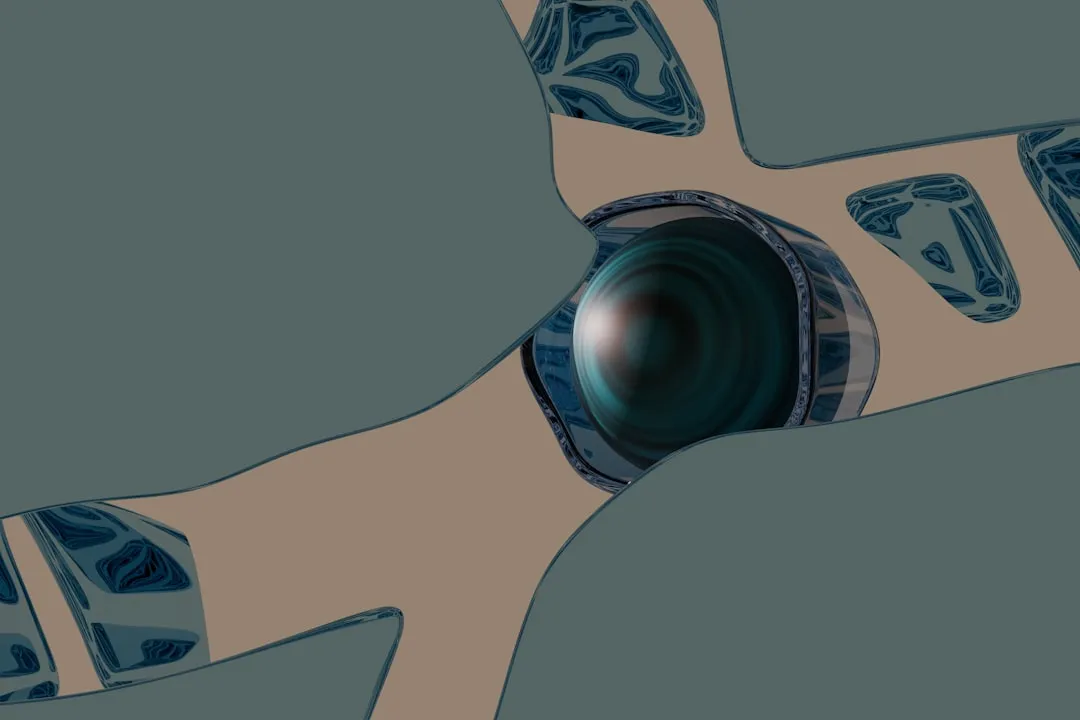
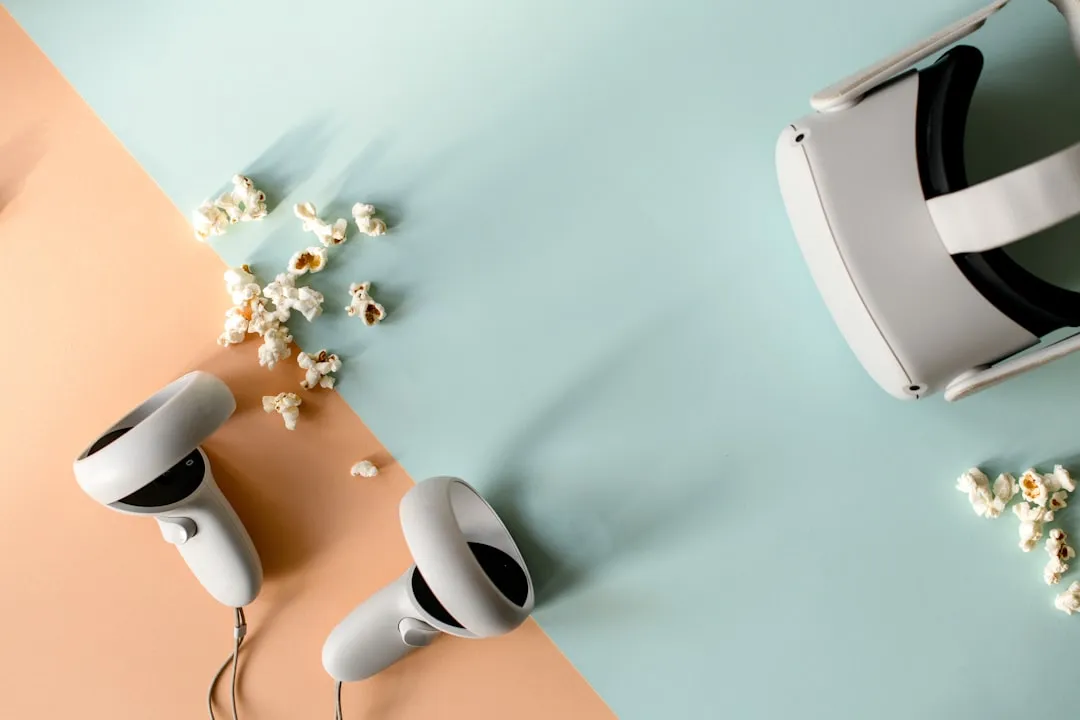
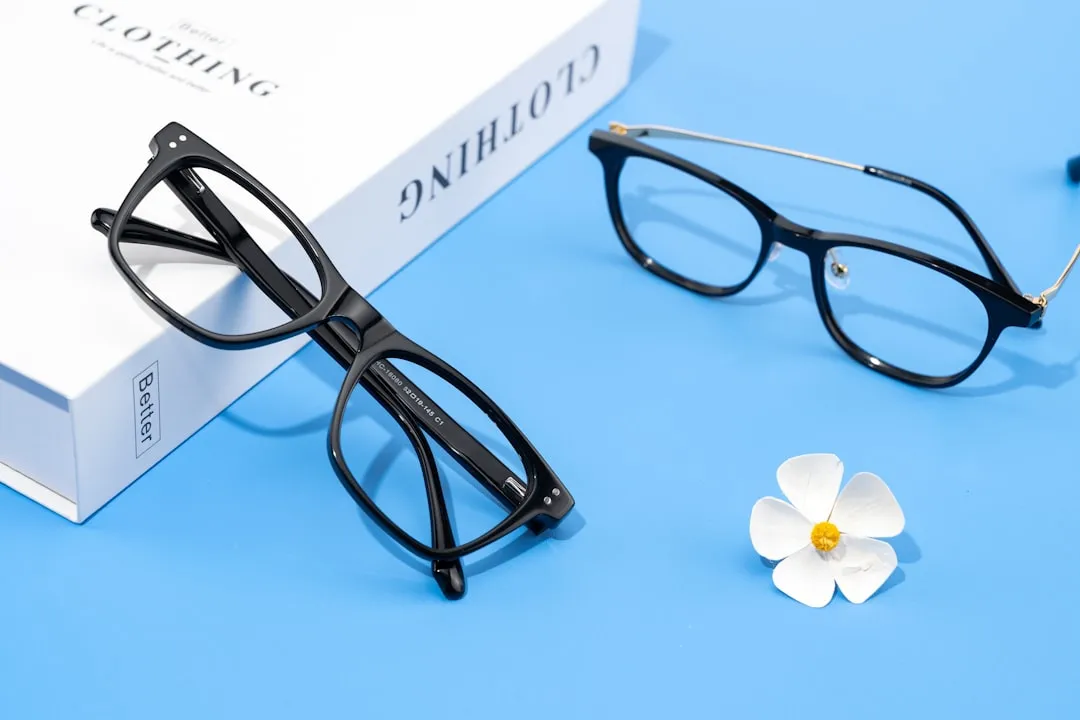
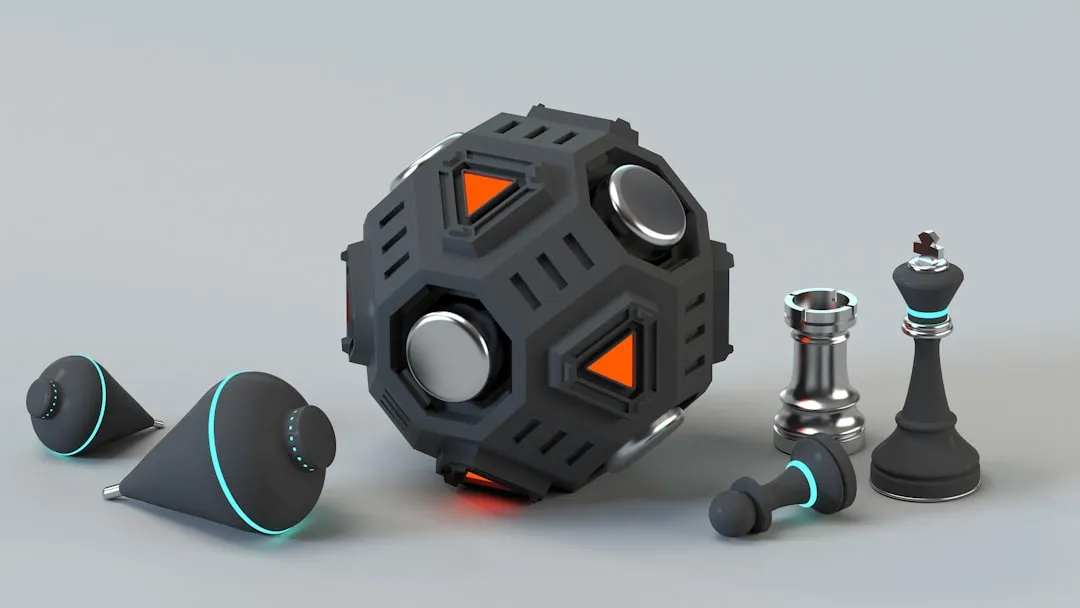

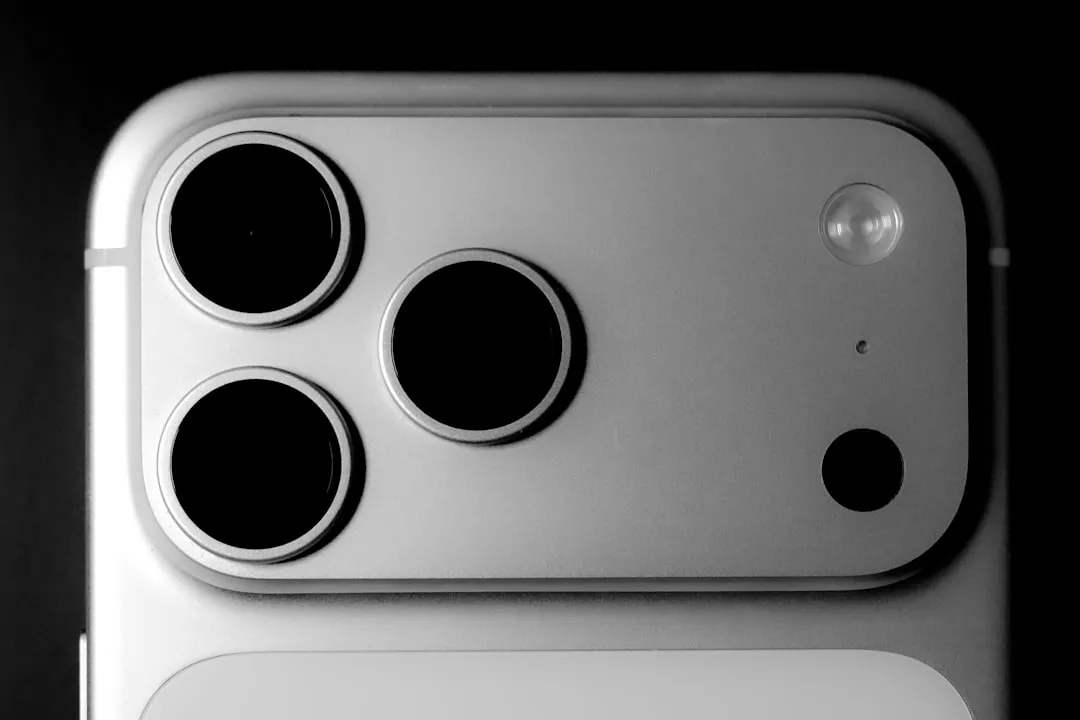
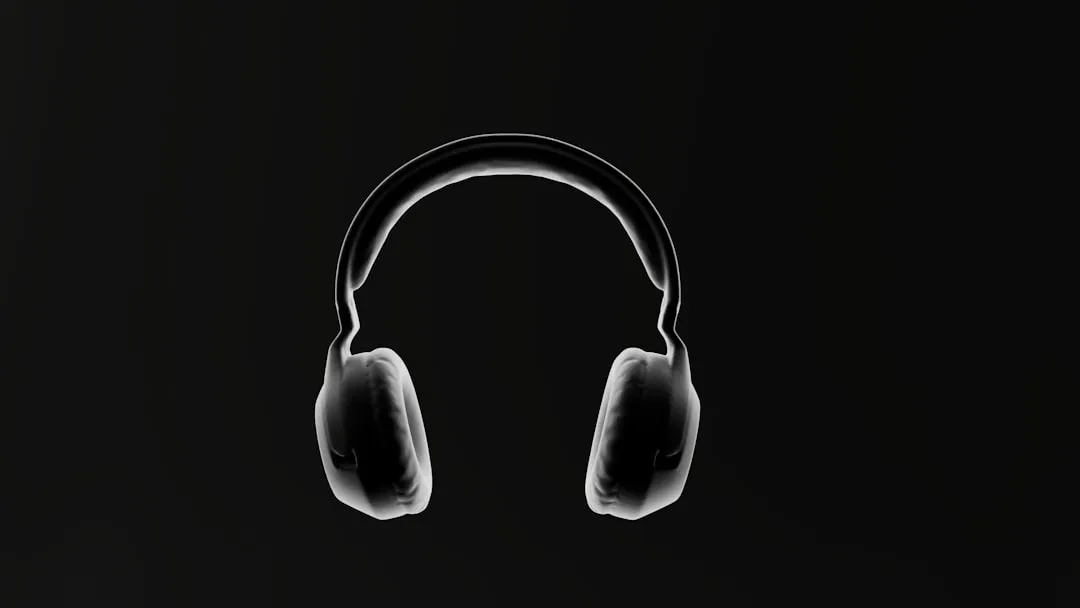

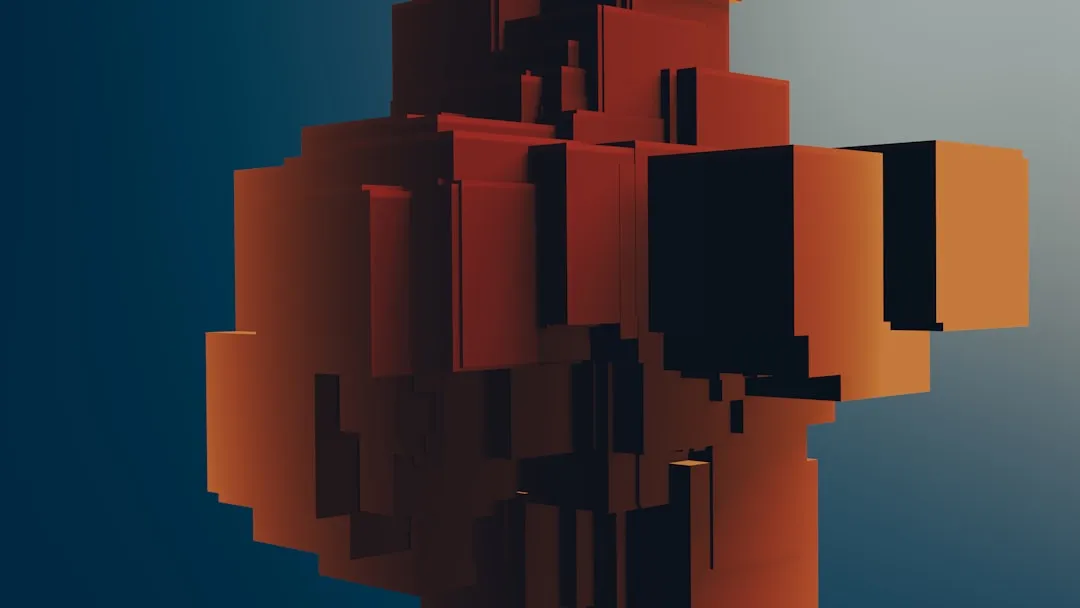
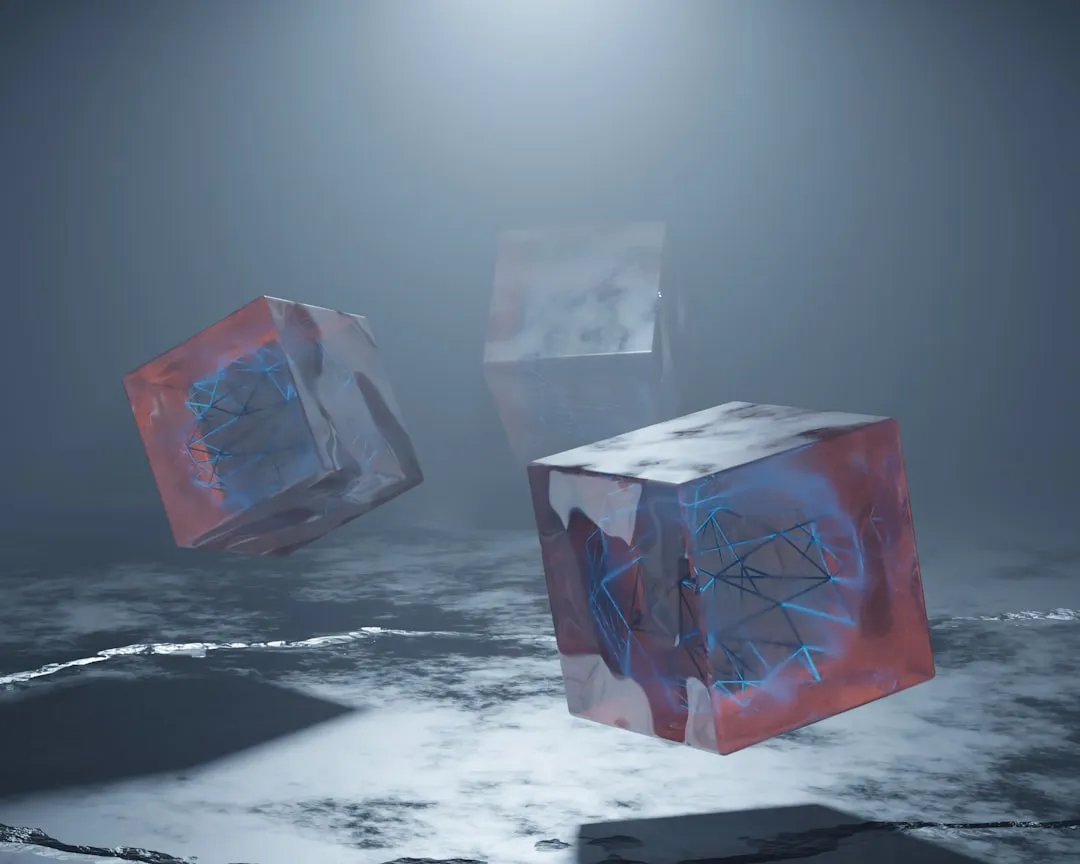
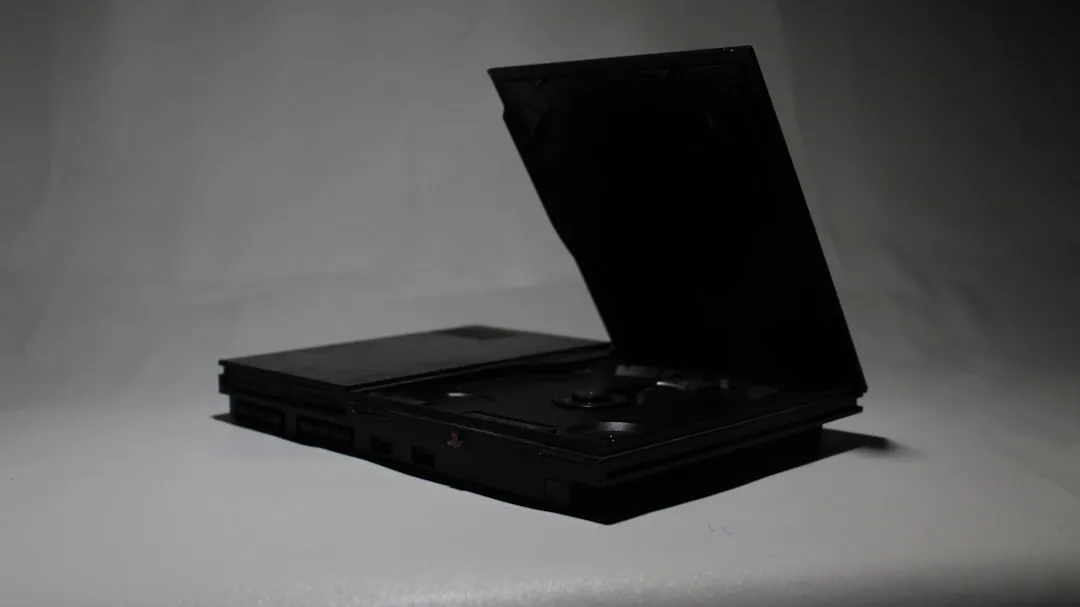

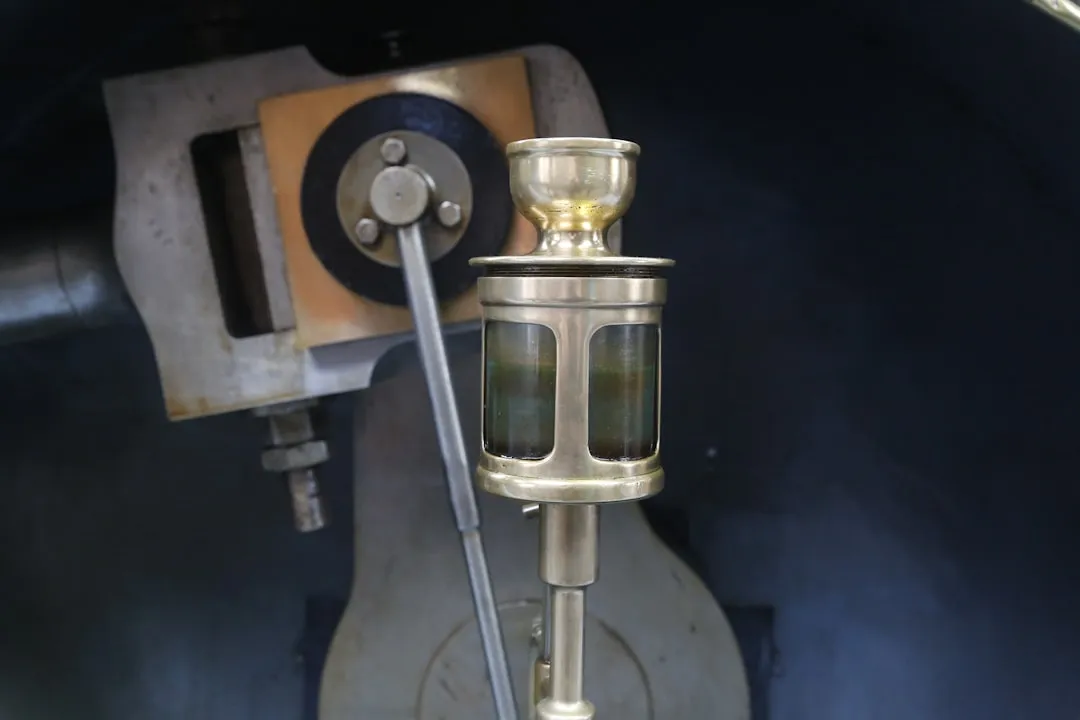

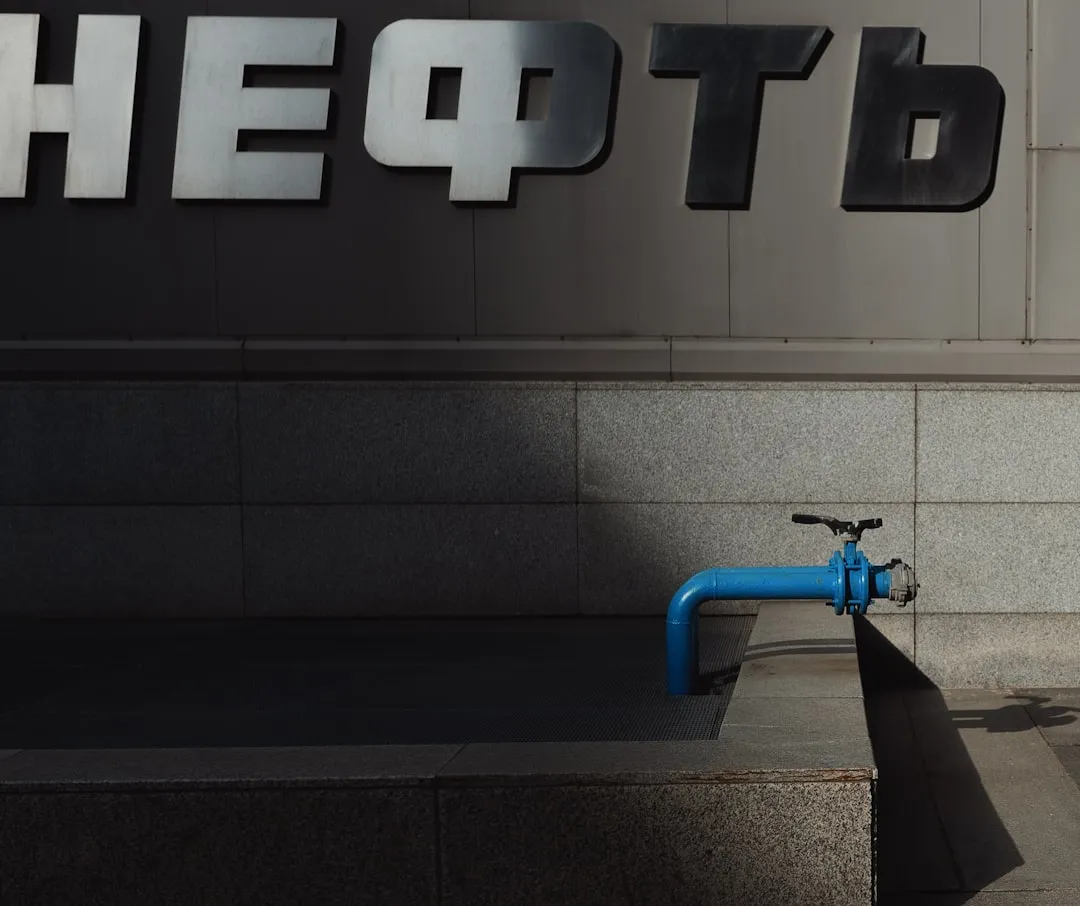
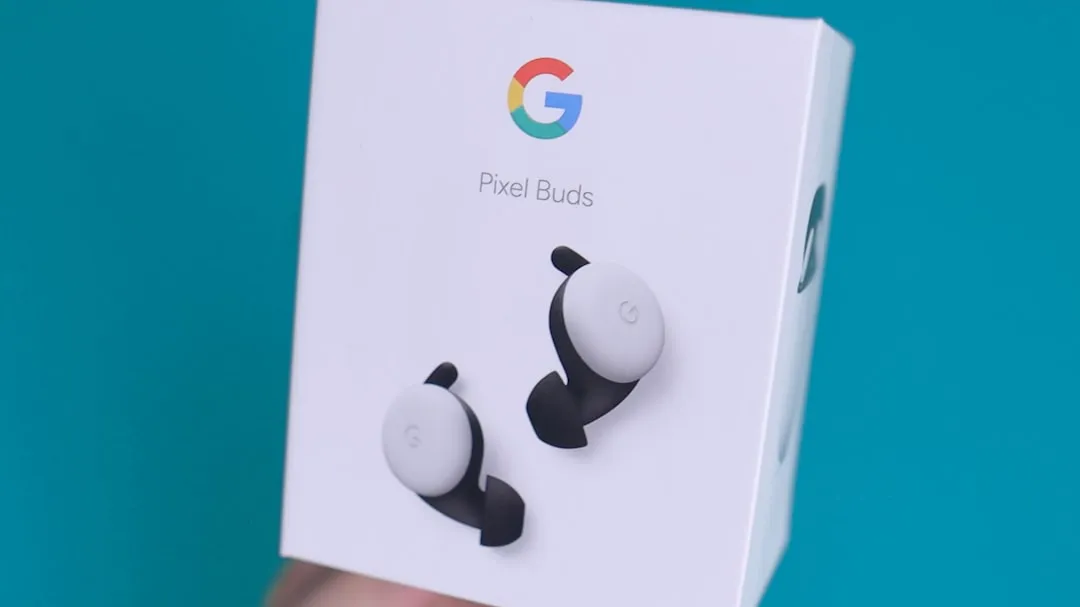
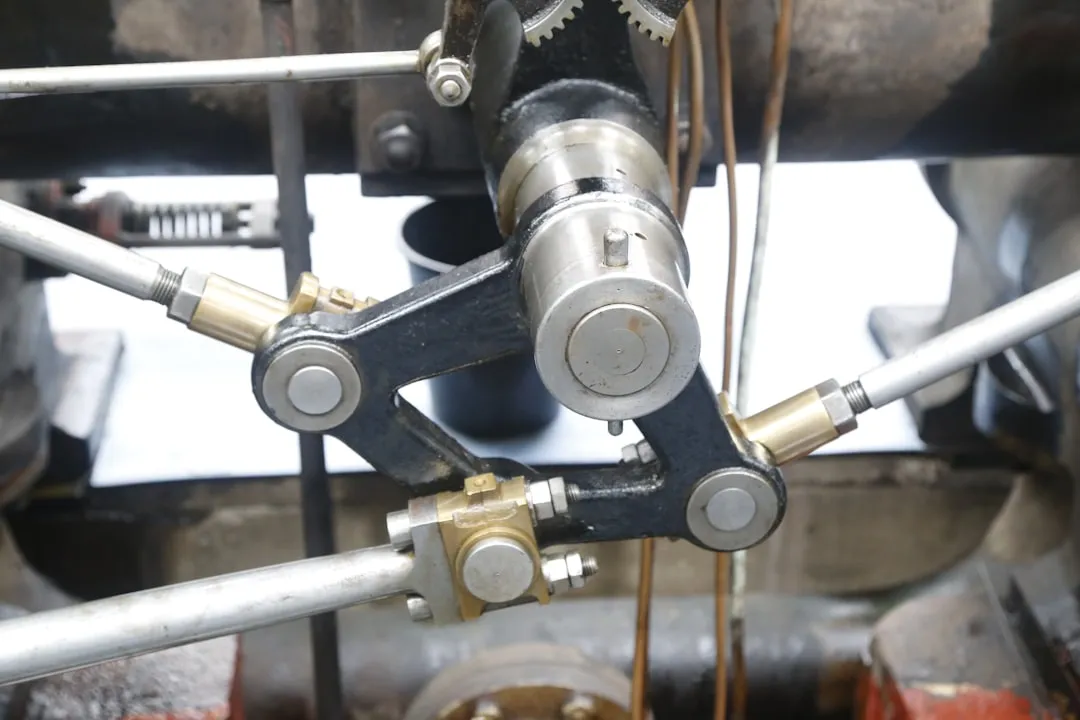
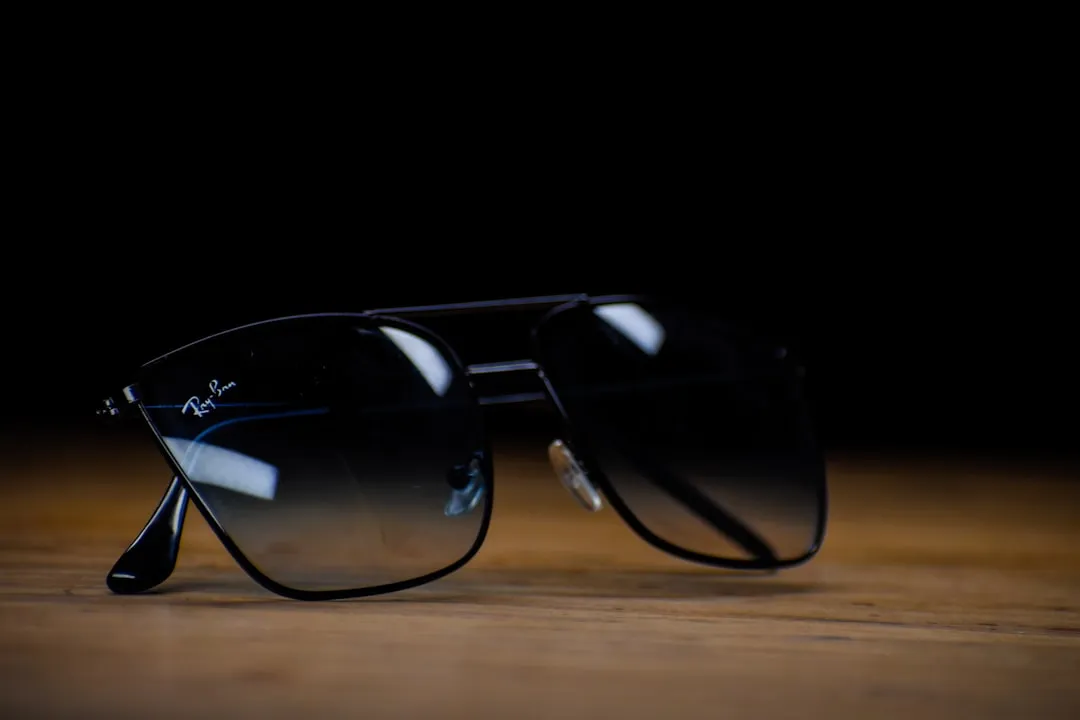
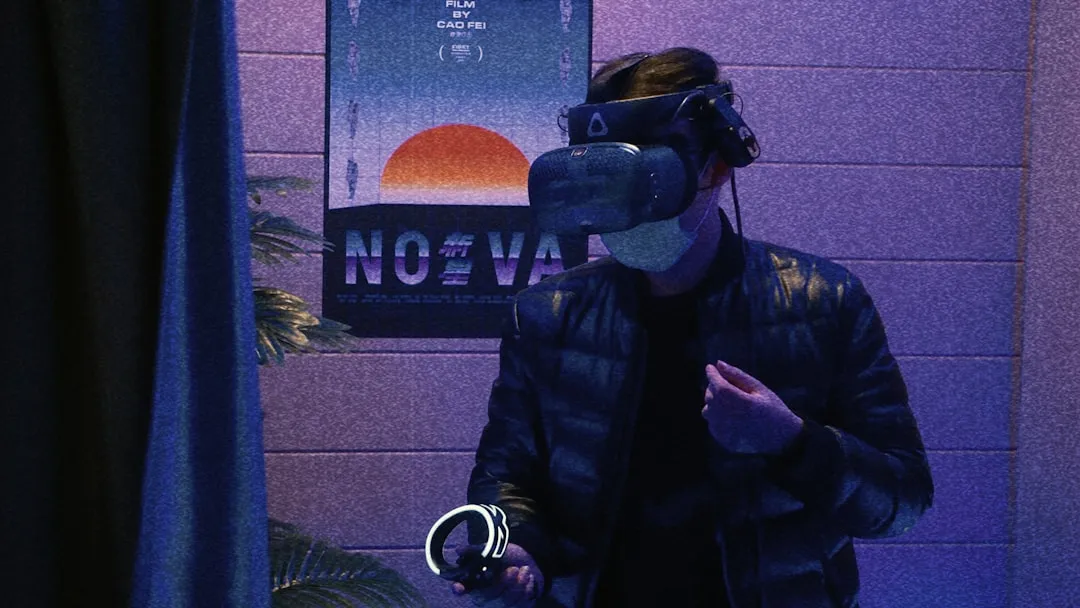
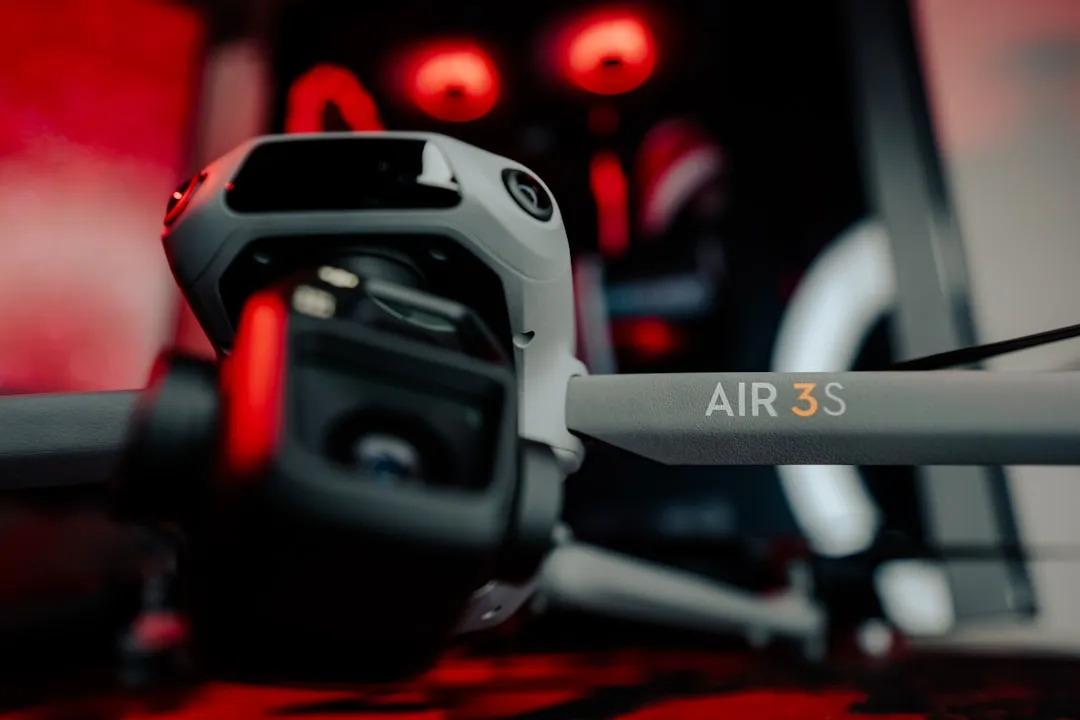
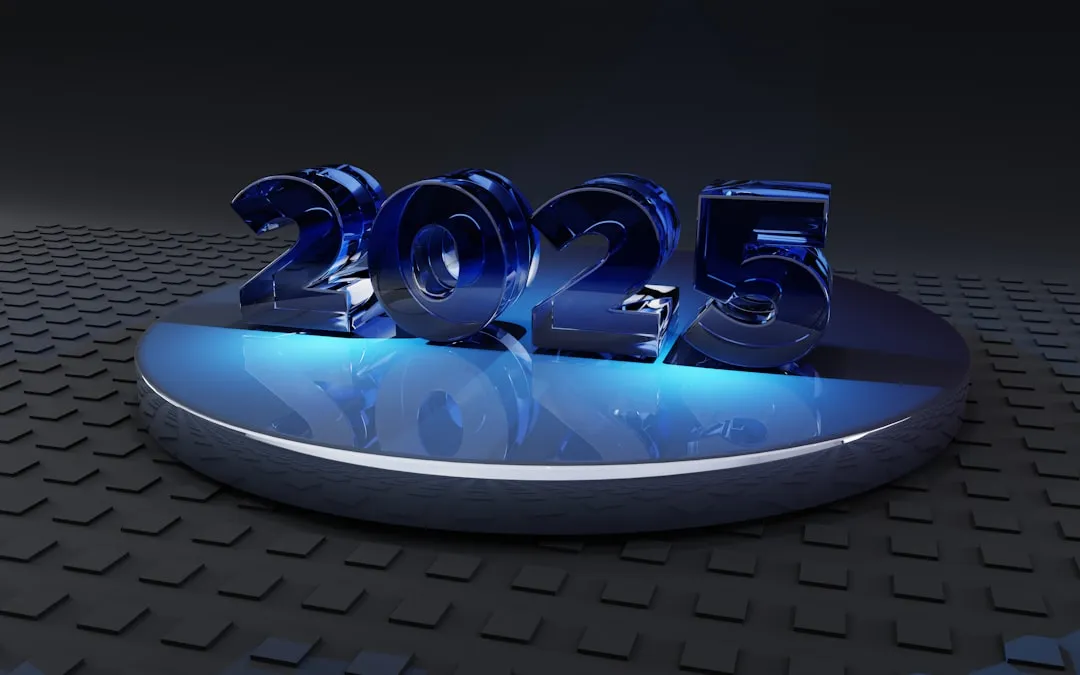
Comments
Be the first, drop a comment!